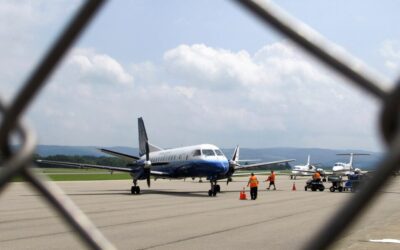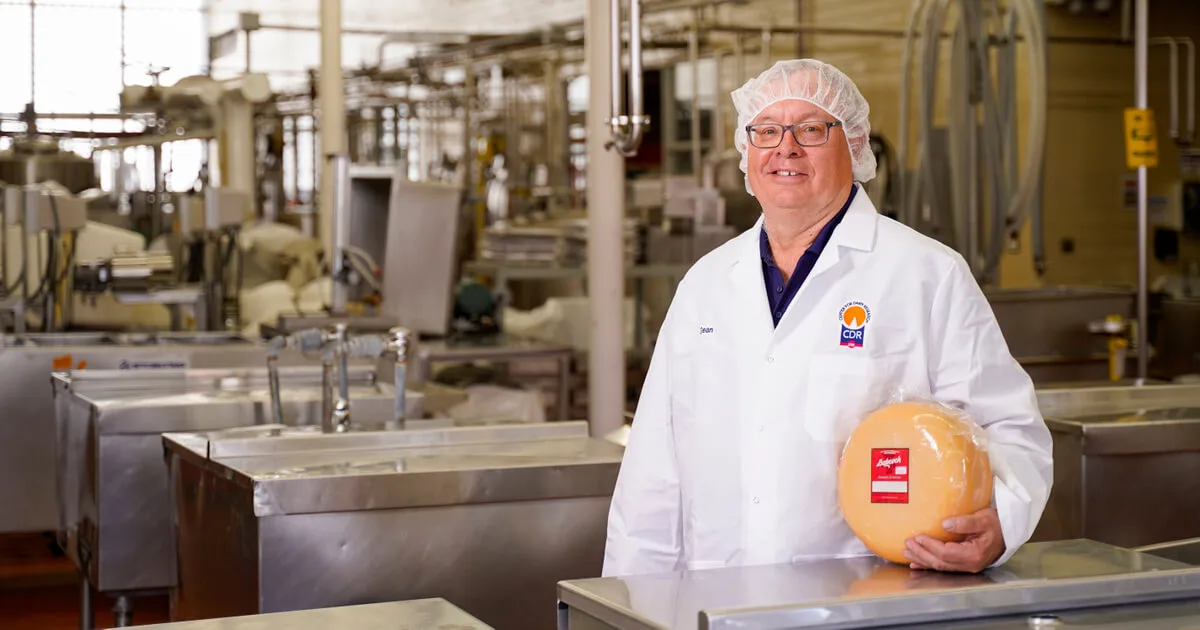
#image_title
The art and science of cheese making
Dean Sommer got a call a few years ago that is the equivalent of an emergency in the cheese business.
The U.S. Dairy Export Council called his employer, the University of Wisconsin-Madison’s Center for Dairy Research, where he works as a cheese and food technologist. Several of its U.S.-based cheese company clients had started exporting mozzarella to China. Things were not going well. The cheese wasn’t selling. They wanted to know why.
“They told me the pizzerias did not want it. They didn’t like it, and they didn’t want anymore,” Sommer said. “I was told someone needed to go over there as quickly as possible.”
That someone was Mark Johnson.
Johnson, assistant director, and several others from the research and design team flew to Shanghai for a week. Every day they visited a pizzeria in the morning, another in the afternoon. The pizza ovens were different than in America, cooking the pizza for only five minutes.
“This was very unforgiving for our cheese,” Johnson said.
The cheese browned too much when it was cooked and it didn’t stretch enough.
“They wanted a lot of stretch,” Sommer said. “Why did the Chinese think mozzarella cheese could stretch more than an inch or two? TV.”
The cheese that could stand the short burst of heat came from New Zealand. Johnson brought a sample back to the lab in Madison and tinkered with it until he figured out the formula. The mozzarella cheese the U.S. was exporting had too much calcium and the calcium was limiting the melting time and the stretch. Johnson knew he could fix this by lowering the acidity, among other things.
“It was simple, analytical chemistry,” said Johnson. “That’s the kind of stuff we do. We break apart and re-engineer cheese. I don’t think a lot of people know that except cheese makers.”
His calculations were spot on. The Chinese started importing cheese from U.S. companies.
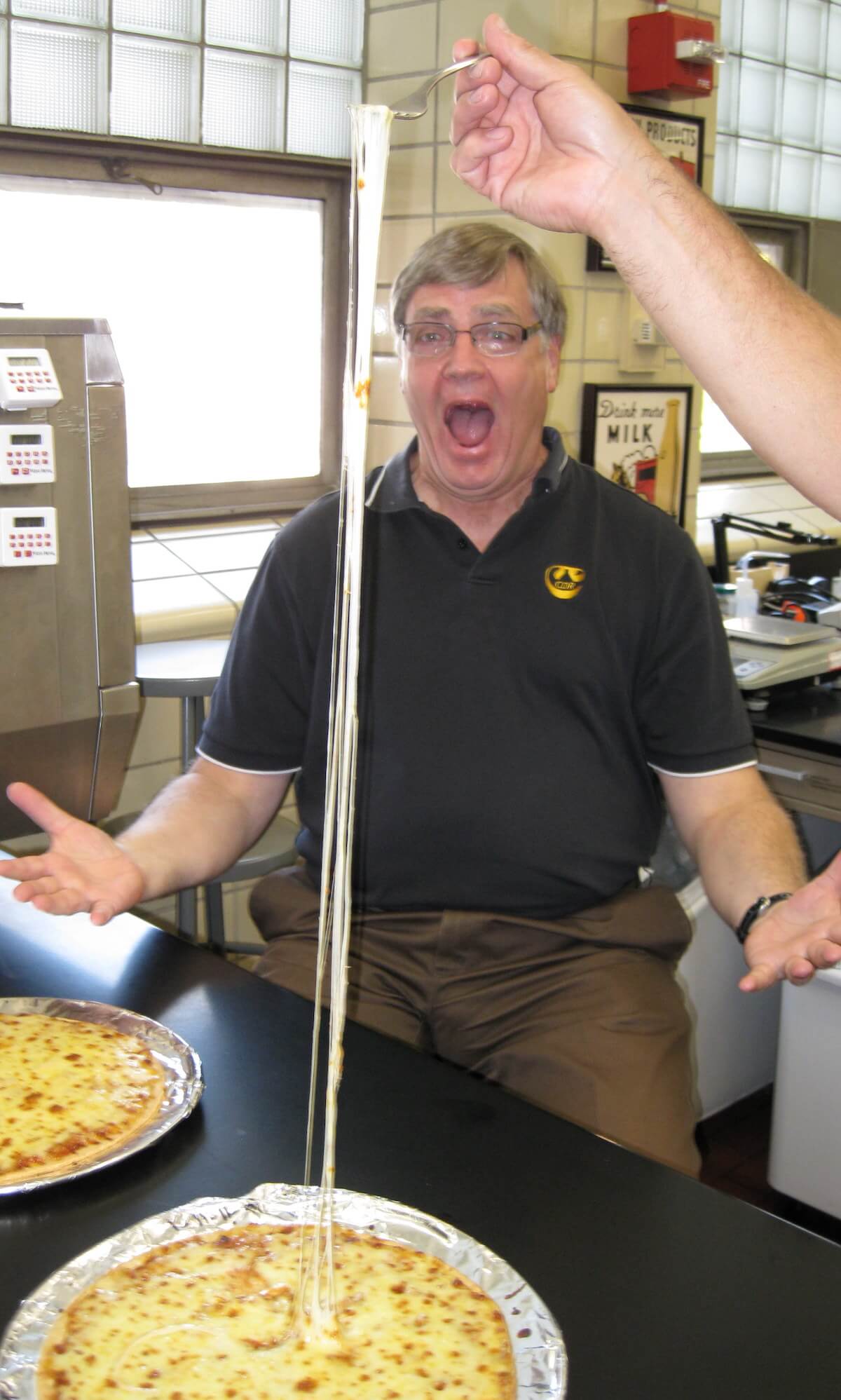
Sommer said he sees cheese production like a triangle. One point is the cheese manufacturer, another is the food or pizza company- the major retailer – and the third is research and development.
“We work with the other folks because we know what makes cheese tick,” he said.
Knowing what “makes cheese tick” comes with big payoffs, benefiting everyone from the small dairy farmer in Wisconsin who sells his milk to cheese producers to cheese companies of all sizes looking to expand their markets.
“It was a big deal economically speaking,” said Sommer of the ability of the UW’s Center for Dairy Research to manipulate the mozzarella so the Chinese would buy it. “China is a big market and the U.S. is trying to make inroads. If our cheese does not perform, the Chinese have other places to go for cheese.”
These days, more and more of these cheese makers are looking to break into new markets overseas. To do that requires research and development and the UW’s Center for Dairy Research has the reputation as the place to go.
That reputation began in 1890 when UW-Madison hired Stephen Babcock as its first agricultural chemist. One year later, Babcock put the university on the map as the go-to place for dairy science by developing the Babcock fat test.
Like its name implies, the test determines the amount of fat in milk. That amount varies, so knowing a milk’s fat content, as well as protein content, tells producers if it is better suited for yogurt, ice cream or butter.
Fast-forward 130 years, and the work started by Babcock has evolved into one of the largest research and development labs for dairy products in the country.
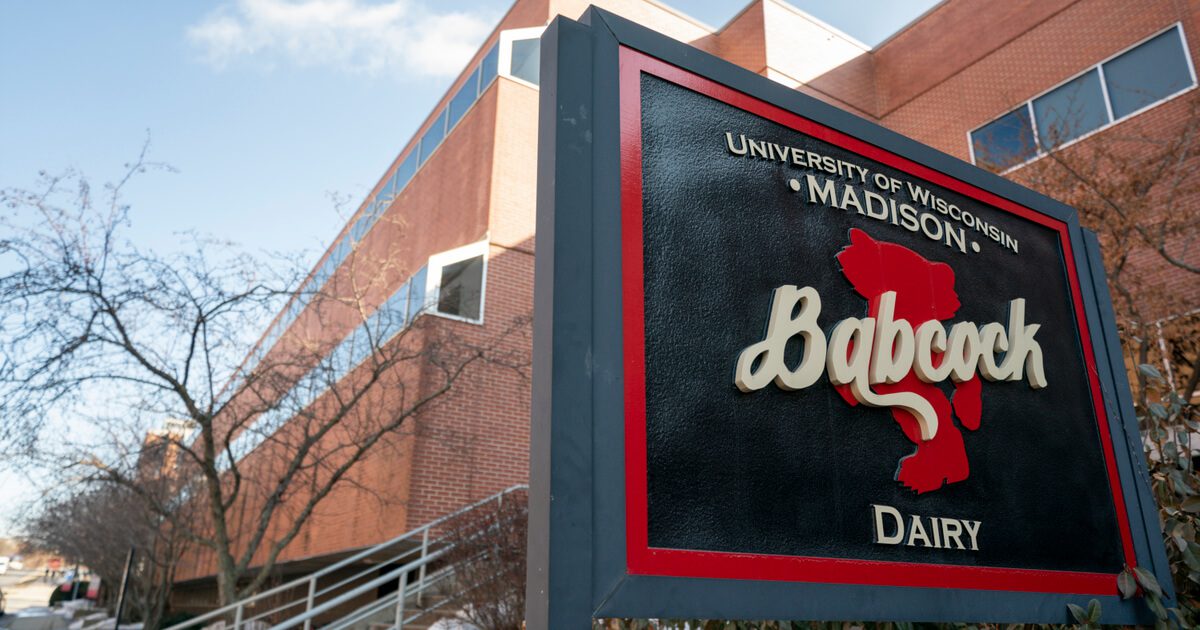
In 2019, the Center for Dairy Research worked with roughly 300 companies nationally on various projects, troubleshooting problems like the mozzarella encountered in China and providing training for cheese makers and manufacturers.
Wisconsin has 130 cheese plants and only five or six of the largest have their own research and development departments, Sommer said. The rest come to them when they need assistance.
Another 1,500 industry people visit annually to take short courses on a number of cheese-production related topics.
“U.S. dairy processors are proud to feed the world, and excited about the promise of growing sales overseas,” said Rebekah Sweeney, communications, education, and policy director for the Wisconsin Cheese Makers Association. “The Center for Dairy Research is the unequivocal leader in product and process development, as well as training, so cheesemakers can meet the unique tastes and preferences of new and emerging markets.”
Currently, just under 16 percent of milk solids in the U.S. are exported, Sommer said.
“If those markets didn’t exist, that milk would come back into the U.S. and flood the market, no pun intended,” Sommer said. “We need to keep export markets growing. If we don’t, that will negatively impact milk prices.”
Gov. Tony Evers and the GOP-controlled Legislature seldom see eye to eye. But both agree dairy farmers in Wisconsin are struggling. Last year, more than 800 small farmers declared bankruptcy in Wisconsin, the most in the country, prompting Evers to call a special legislature session on the topic.
A bill Evers initially proposed was expanded on by Assembly Republicans with a goal of increasing dairy exports to $2.5 million over upcoming years. That timetable will be decided on by the Wisconsin Economic Development Corporation and the state Department of Agriculture, Trade and Consumer Protection.
Wisconsin is the top producer of cheese but is the number three exporter behind California and Washington, Sweeney said.
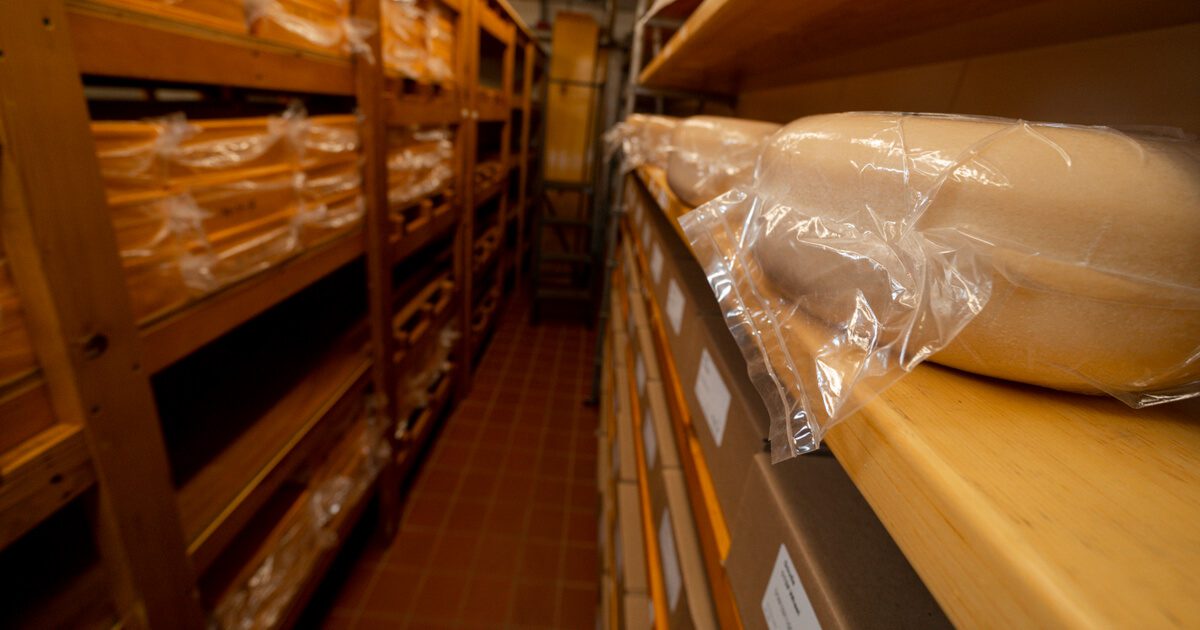
“This bill is a positive thing. It sets a target of doubling our exports in a decade,” Sweeney said. “We think it is ambitious and doable, given state support.”
Another bill with bipartisan support would increase the amount available for dairy processing grants from $200,000 to $700,000 per year. Last DATCP, the state agency that administers the grants, had $900,000 in requests.
“The demand is definitely there but the funding has not been,” Sweeney said. “Some of the grants awarded are modest in amount – $10,000 to $12,000 – but they have a big impact.”
Evers is expected to sign both bills.
When Sommer started in the business more than 35 years ago, exports were minimal compared to today’s numbers. The biggest shift, though, is away from traditional block cheese to more high-end, European-style varieties.
Sommer said those trends are good for dairy farmers because those types of cheeses garner more money, which keeps the farmers in business. Cows that graze on the land, rather than those confined, produce higher quality, better tasting milk that is desirable for artisanal cheese makers.
“There are some nuances of the flavor that come with the feed (what cows eat) but we can get close to any sample we are given,” Johnson said. “We can make a good copy of any cheese, if not a better cheese. We did that with the Dutch cheese, gouda. It’s a pretty fun thing to do.”
Sommer and Johnson are among 55 judges that will be sampling thousands of cheeses from 26 counties at the World Championship Cheese Contest in Madison Tuesday through Thursday.

Wisconsin farmers left holding the bill after Trump freezes contracts
Wisconsin farmers are among a growing number of Americans facing debt after the Trump administration’s freeze on federal contracts. It’s a ‘kick in...
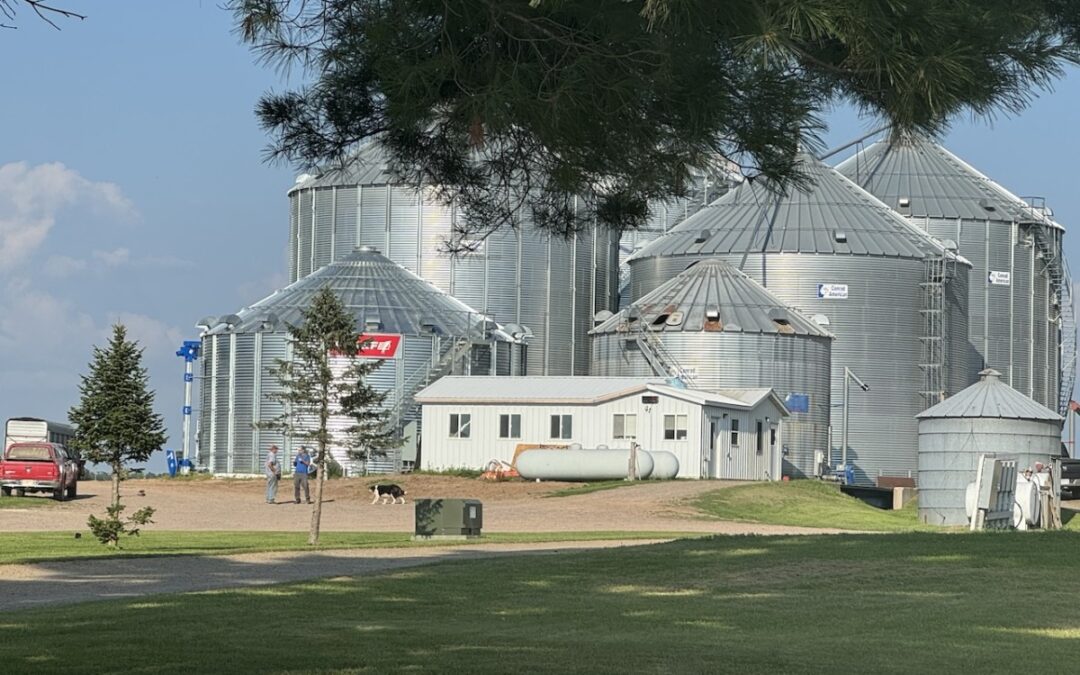
Why this Wisconsin farmer says tariffs will impact you too
Wondering if Trump’s tariffs will impact your pocketbook? This Wisconsin farmer breaks down how the president-elect’s pledge to impose tariffs on...

Survey: Rural Wisconsin workforce and families are hurting due to childcare gaps
The lack of childcare in Wisconsin’s rural areas is keeping people out of the workforce, or is forcing them to work part-time, according to an early...
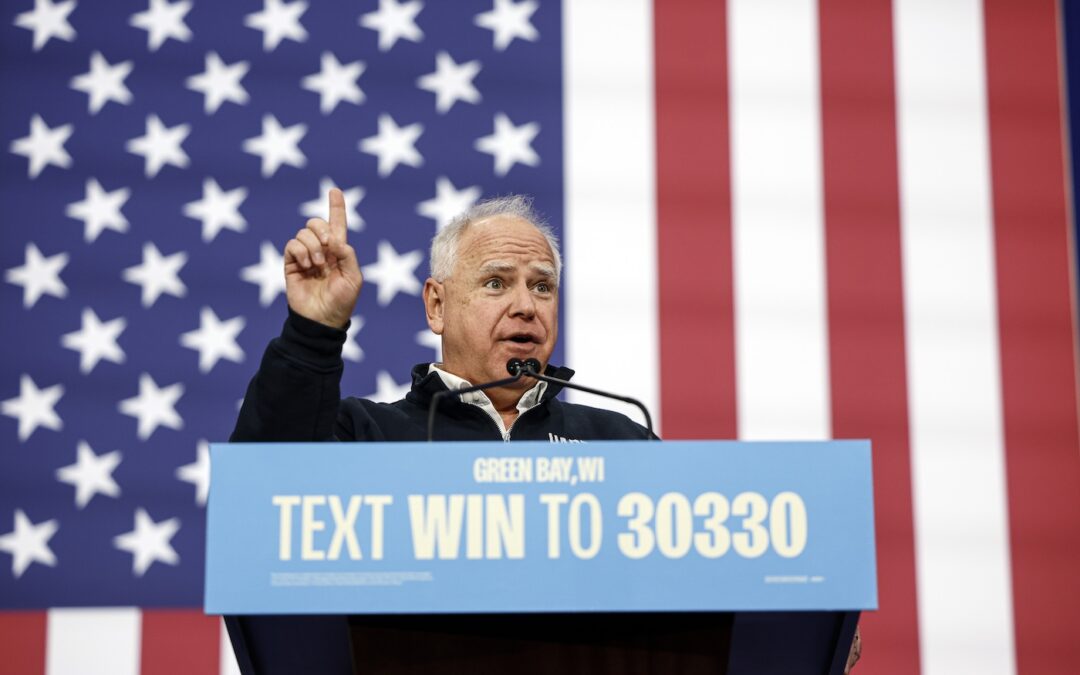
Harris-Walz campaign unveils more rural initiatives: 10,000 healthcare workers, affordable internet, easier farm equipment repairs
The campaign started new ads on 75 rural Wisconsin radio stations, hitting Trump’s Project 2025 for the harm it would inflict on the farm economy....


